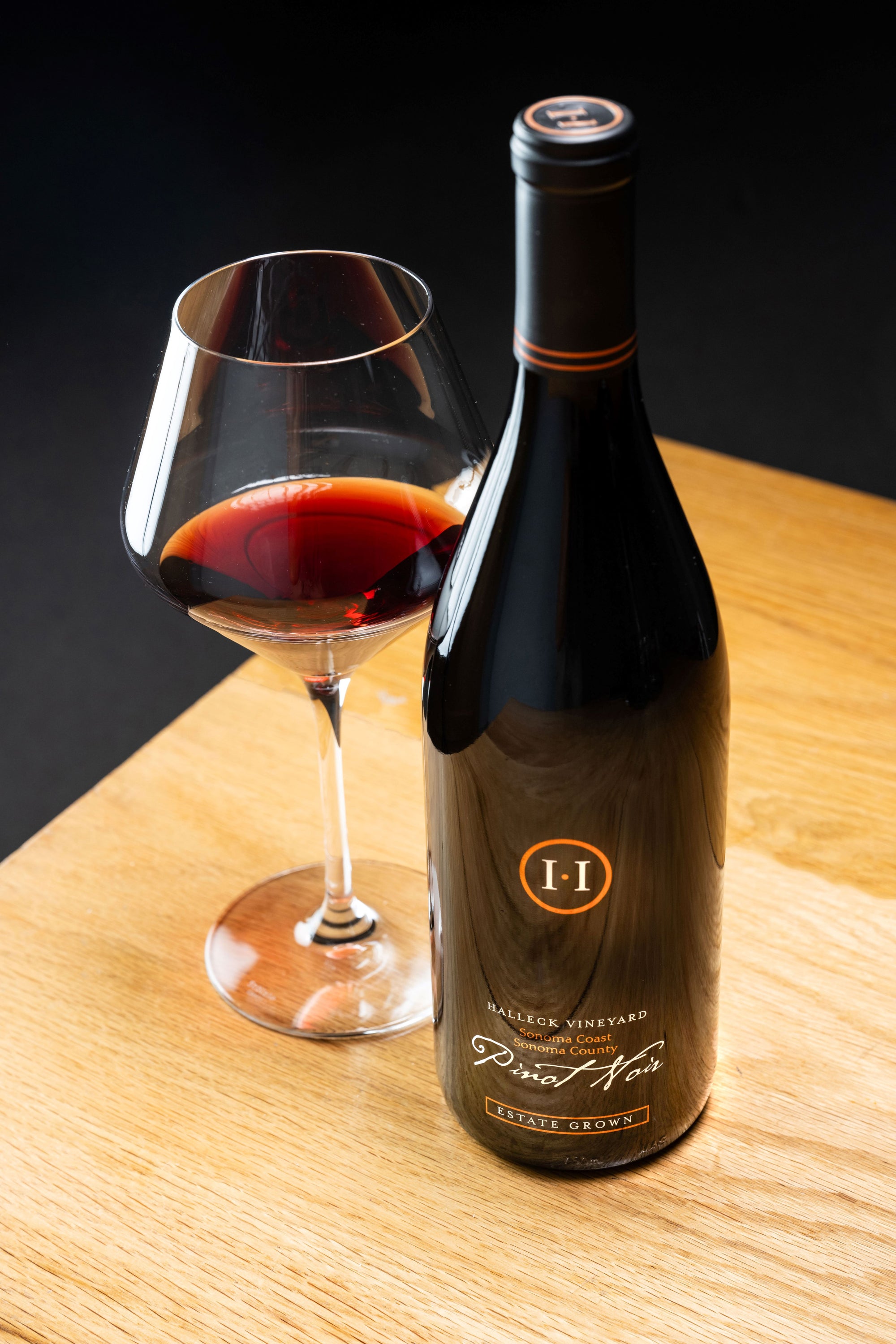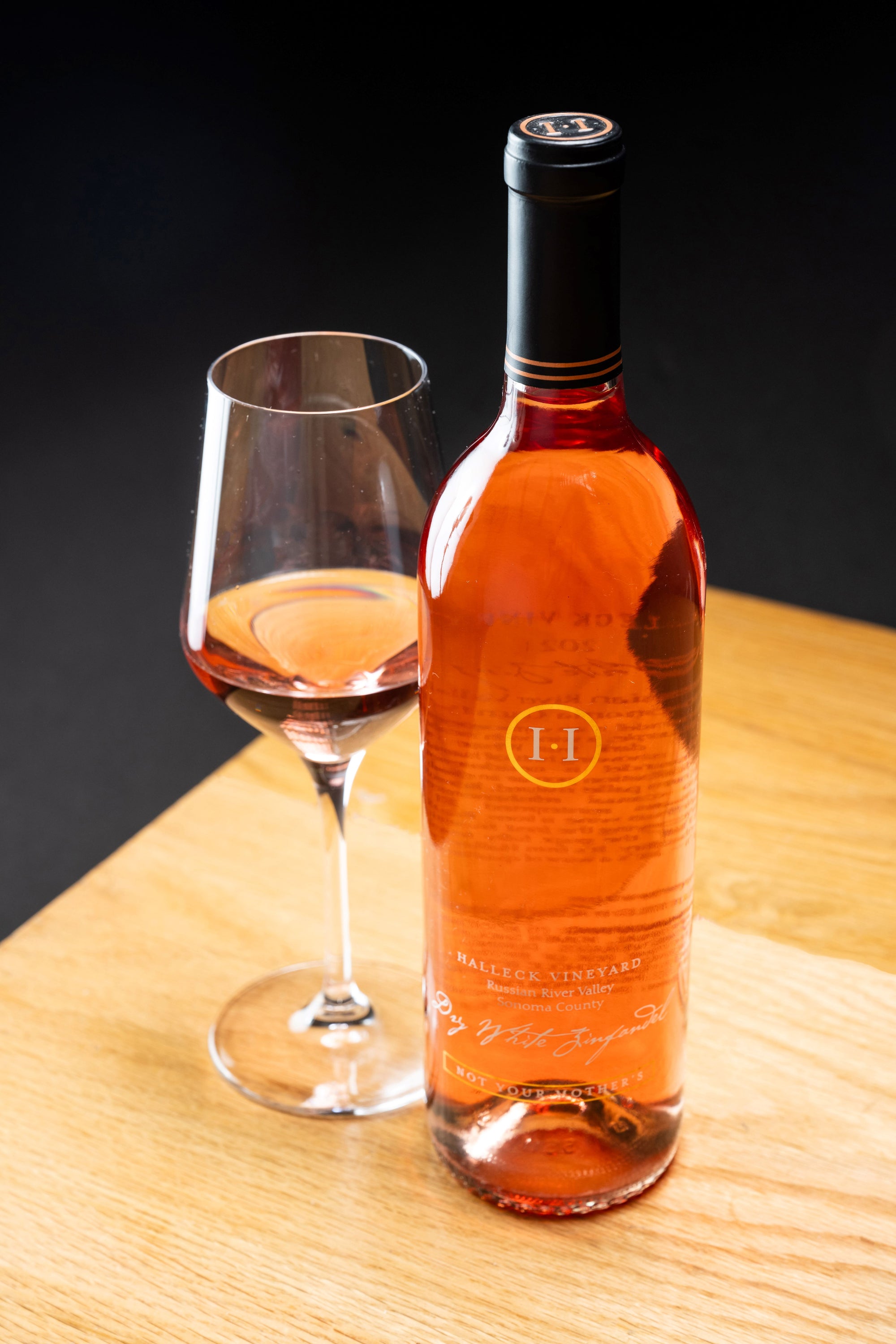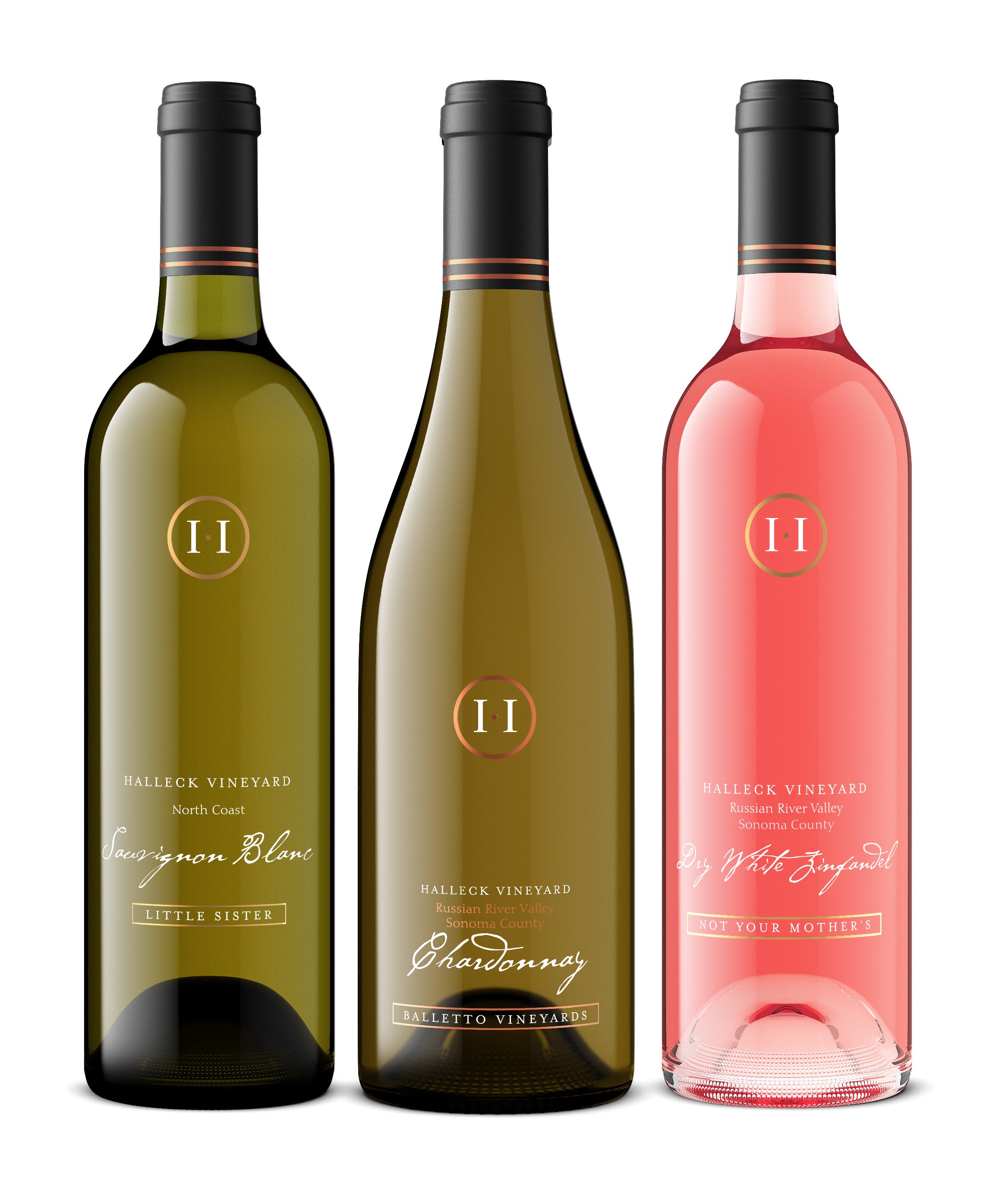Dining with a View in Sonoma Wine Country
Wine tasting is an art that requires more than only a eager sense of taste. Participating with totally different varieties and styles offers an opportunity to appreciate the subtleties of flavor, aroma, and texture. A complete guide to winery wine tasting techniques will equip enthusiasts with the mandatory skills and knowledge to enhance the tasting experience.
Understanding the basics of wine tasting begins with familiarity with the key parts. The major elements contributing to flavor are sweetness, acidity, tannin, and alcohol - Suggestions for Dog-Friendly Wineries in Sebastopol. Every wine has its unique steadiness, influenced by the grape variety, region, and vinification process. Recognizing these elements permits a taster to appreciate the complexity in every sip.

Visual examination is the first step within the tasting process. Swirling the wine in a glass oxygenates it, bringing out the aromas which would possibly be crucial to understanding the wine's essence. Observing colours ranging from deep purple to pale straw offers perception into the wine's age and variety. The readability and brilliance of the wine also provide clues about its quality.
Next, the olfactory experience takes priority. The nose is usually thought of the most essential a part of tasting. Building an consciousness of common aromas could be helpful. Fruits, flowers, spices, and earthy notes are sometimes present. Taking time to inhale deeply before tasting allows for a more profound appreciation of a wine's bouquet.
Explore top Vineyards in Sebastopol for Incredible Wine Tasting Experiences
When it involves tasting, the approach ought to be deliberate and considerate. Small sips are advisable, allowing the wine to linger within the mouth. This technique allows the taster to discern the advanced layers of flavors. Noting the initial style, the mid-palate, and the end contributes to a whole understanding of the wine’s profile.
Another essential side of wine tasting is the understanding of stability and structure. A well-balanced wine presents harmonious flavors the place no single element overwhelms the others. Analyzing how acidity interacts with sweetness and tannins will help in assessing the overall composition of the wine.
Wines can differ significantly from one vintage to another due to environmental elements, which makes understanding the concept of terroir important. Terroir refers to the geographical and climatic conditions, as well as the winemaking practices that affect the final product. This relationship between the land and the wine can affect its flavor spectrum dramatically.
Create Your Itinerary Through Sonoma's Wine Regions
Pairing wine with food can improve the tasting experience significantly. Certain wines complement particular dishes, which can elevate each the food and the wine. Understanding flavor profiles will permit enthusiasts to create exciting pairings. For instance, a wealthy red wine could pair beautifully with a hearty meat dish, while a crisp white would possibly enhance the taste of seafood. Local Insights for Navigating Sonoma Wineries.
Collaborating in guided tastings can also provide priceless insights. Many wineries provide professional-led tastings, the place skilled sommeliers share their experience. Partaking with knowledgeable hosts permits for a deeper understanding of the wines and offers the prospect to ask questions and trade perspectives.
Documentation during tastings can serve as a useful software. Preserving notes on the wines sampled, together with personal impressions, enhances the tasting journey. This document helps in recalling what one loved or did not take pleasure in, creating a private roadmap for future wine exploration. Tasting sheets are sometimes used as a structured method to seize this data.
Attending wine-focused events, similar to festivals or expos, creates an opportunity to explore a vast range of wines and meet fellow enthusiasts. Networking with industry professionals and passionate hobbyists can result in sharing insights and increasing one’s palate. The festive environment enhances the communal facet of wine appreciation.
Vineyard Tours in Sonoma : What to Expect 95409
As one becomes extra experienced in wine tasting, it turns into important to develop personal preferences. Exploring wines from numerous regions, grape varieties, and styles can lead to shocking discoveries. It’s essential to stay open-minded and willing to attempt new choices, even when they fall outside of earlier preferences.
Finally, the enjoyment of wine tasting lies in its ability to stimulate the senses and provoke thought. Each tasting provides a personal journey through style and experience that is as distinctive because the people participating in it. Embracing the great additional reading guide to winery wine tasting techniques paves the finest way for a richer appreciation of what wine has to offer.
In conclusion, wine tasting is far more than an train in discerning flavors. It is an immersive experience that connects people to the land, the winemakers, and the tales behind every bottle. By working towards the techniques outlined in this guide, anyone can cultivate a newfound appreciation for wine, reworking every sip into an exploration of style, aroma, and personal preference.

- Begin by observing the wine’s appearance; tilt the glass to assess readability, shade intensity, and viscosity as these factors can indicate the wine's age and physique.
- Swirl the wine gently within the glass to launch its aromatic compounds, enhancing the olfactory experience.
- Take a moment to inhale the aromas before tasting; note the complexity and the primary scent classes similar to fruity, earthy, floral, or spicy.
- When tasting, permit a small amount of wine to cowl your palate, ensuring to take note of the preliminary style, mid-palate flavors, and finish to evaluate its structure.
- Pay attention to the tannins current; they'll have an result on the feel and mouthfeel, giving insights into the wine's growing older potential.
- Consider the acidity level, which might present freshness to the wine, balancing sweetness and enhancing food pairings.
- Use a scorecard or journal to jot down observations about each wine, together with flavors, aromas, and private impressions to match later.
- Experiment with food pairings throughout tastings, as this could significantly enhance or change the perception of the wine’s flavor profile.
- Have Interaction in discussions with fellow tasters to share views, which might broaden the appreciation and understanding of various wines.
- Keep In Mind to hydrate and devour palate cleansers like bread or water between tastings to ensure an accurate experience of every wine.undefinedWhat are the essential steps involved in wine tasting?
Guide to Enjoying Wine Tastings in Sonoma 95409
The primary steps of wine tasting include observing the wine's color and clarity, swirling it to launch its aromas, sniffing to identify different scents, sipping to assess flavors, and at last, evaluating the finish. This process allows taster's to understand the wine's total complexity and quality.
How do I properly smell wine?
Guided Wine Tours: Discover Hidden Treasures.
To properly smell wine, follow these steps: first, maintain the glass at the base, swirl it gently to aerate, then convey it to your nose. Take a few quick sniffs to seize the initial fragrances, adopted by a deeper inhale to explore the more complex aromas. Focus on figuring out specific scents like fruits, spices, and different descriptors.
Organic Wine Tasting Experiences in Sonoma
What should I look for when tasting wine?

When tasting wine, look for several key elements: look (color and clarity), aroma (fruits, herbs, and spices), flavor (sweetness, acidity, tannins), and texture (body and mouthfeel). Additionally, contemplate the wine's finish, which is the lingering taste after swallowing. All these parts contribute to the wine's general profile.
How do I know if a wine is nice quality?
Good high quality wine usually has balance amongst its elements, that means that acidity, tannins, sweetness, and alcohol work harmoniously collectively. Look for complexity in flavors and aromas and a long, nice end. Quality wines additionally sometimes exhibit distinct characteristics reflecting their varietal and region.
Traveler's Guide to Exploring the Wines of California 95468
Is it important to use particular glassware for wine tasting?
Sure, utilizing particular glassware enhances the wine tasting experience. Appropriate glasses can official site influence the aroma and flavor perception. For example, a Bordeaux glass is designed to boost full-bodied red wines by allowing oxygen to interact with them, while a narrower flute is good for sparkling wines to protect carbonation.
Explore unique Vineyards in Sonoma for Outstanding Wine Tasting

How can I enhance my wine tasting skills?
To improve your wine tasting skills, practice regularly, attend tastings to study from consultants, and keep a tasting journal to notice your observations. Experiment with completely different varietals and styles, and interact with wine communities or golf equipment for shared experiences and data.
Wine Tasting Tips for Newbies
What are some common wine tasting errors to avoid?
Frequent wine tasting errors embrace not properly cleansing your palate between wines, serving wines at incorrect temperatures, and overlooking the importance of the glass shape. Moreover, being overly influenced by others' opinions can cloud your own tasting experience; always belief your personal palate.
Should I pair food with wine throughout tastings?
Pairing food with wine can enrich the tasting experience by highlighting particular flavors and aromas in both the wine and the food. It's advisable to style wines both with and with out food to understand how they work together. Experiment with different pairings to discover your preferences.
Expert Advice for Visiting Sebastopol Wineries
What ought to I do if I don’t like a wine?
If you don't like a wine, it is completely okay to precise your opinion. Wine tasting is subjective, and personal desire varies significantly. As A Substitute of forcing yourself to get pleasure from it, think about analyzing what aspects you dislike—this can help refine your palate and guide future selections.
Can I style wines at a winery with out making a reservation?
Whereas some wineries supply walk-in tastings, many require reservations, especially on weekends or throughout peak seasons. It’s greatest to check forward with the winery for their insurance policies on tastings to ensure a easy experience. Reservations additionally allow you to have a more personalized and academic visit.